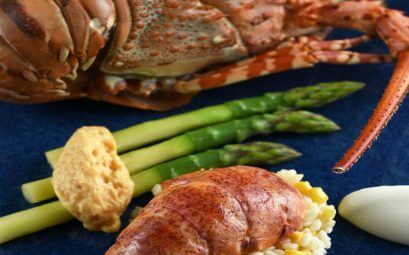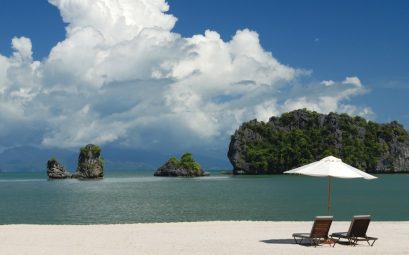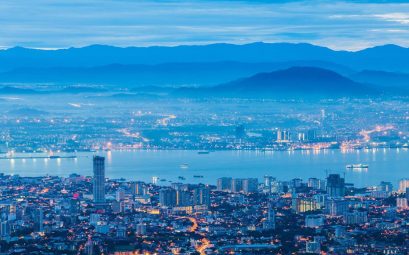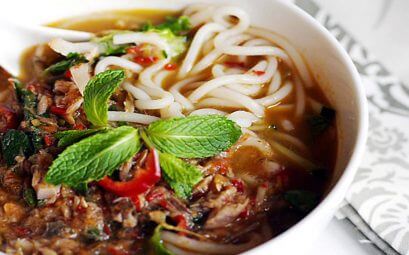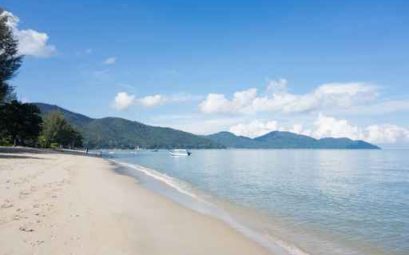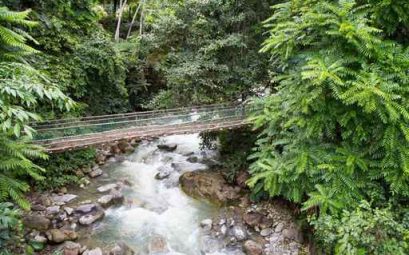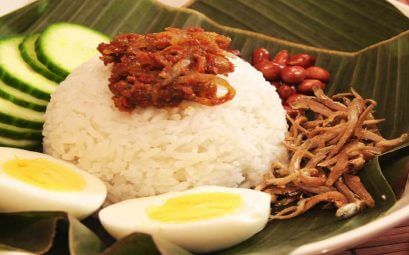Flights to Malaysia are served by most major airlines and land at eight international airports all over Malaysia. The Kuala Lumpur International Airport (KLIA), Malaysia’s main international airport, is located in Sepang (about 45 km away from KL’s city centre) and is also Asia’s fastest growing airport.
Entering peninsula Malaysia by land via Singapore and Thailand is easily done via public and tour buses.
Accommodation in Malaysia
There are plenty of serviced apartments, holiday beach resorts and hotels in Malaysia. A wide range of budget accommodation such as traditional Chinese hotels, backpacker hostels and dormitory style guesthouses are available for booking in most cities. The homestay concept is still relatively new, but is a great way to learn first hand the Malaysian way of life.
Getting around Malaysia
Taxis are very common in Malaysia, and although meters are often used, it is always helpful to agree on a price beforehand if the taxi driver is not going by the meter.
For trips from the airports and railway stations, you can purchase coupons at the taxi counter stationed at both places. Several car rental agencies offer self-drive and chauffeur-driven cars should you want to rent a car in Malaysia.
The national KTM train runs from Kuala Lumpur to Padang Besar in the north, Singapore in the south, and up to Tumpat on the east coast. Buses are fast and economical, and seats can be reserved fairly easily.
Malaysian Currency
The Malaysian Ringgit is written as RM. Tipping is not expected, although much appreciated.
Entry Requirements
All visitors to Malaysia require a valid passport/travel document with minimum validity of six months beyond the period of intended stay. Visa requirements vary for different countries of origin so be sure to check.
Climate
Temperatures range from 21°C to 32°C with cooler temperatures in the hills, particularly during the evenings. Cool, lightweight summer clothing is best to endure the heat and high humidity with medium-weight woollens at night in the cooler highland areas.
Weather in Malaysia is generally sunny and wet. The east coast, Sabah and Sarawak see heavy rainfall from November to February while the west coast of the peninsula is wet from April to October.
As with all tropical territories, you should always carry your umbrella with you.

